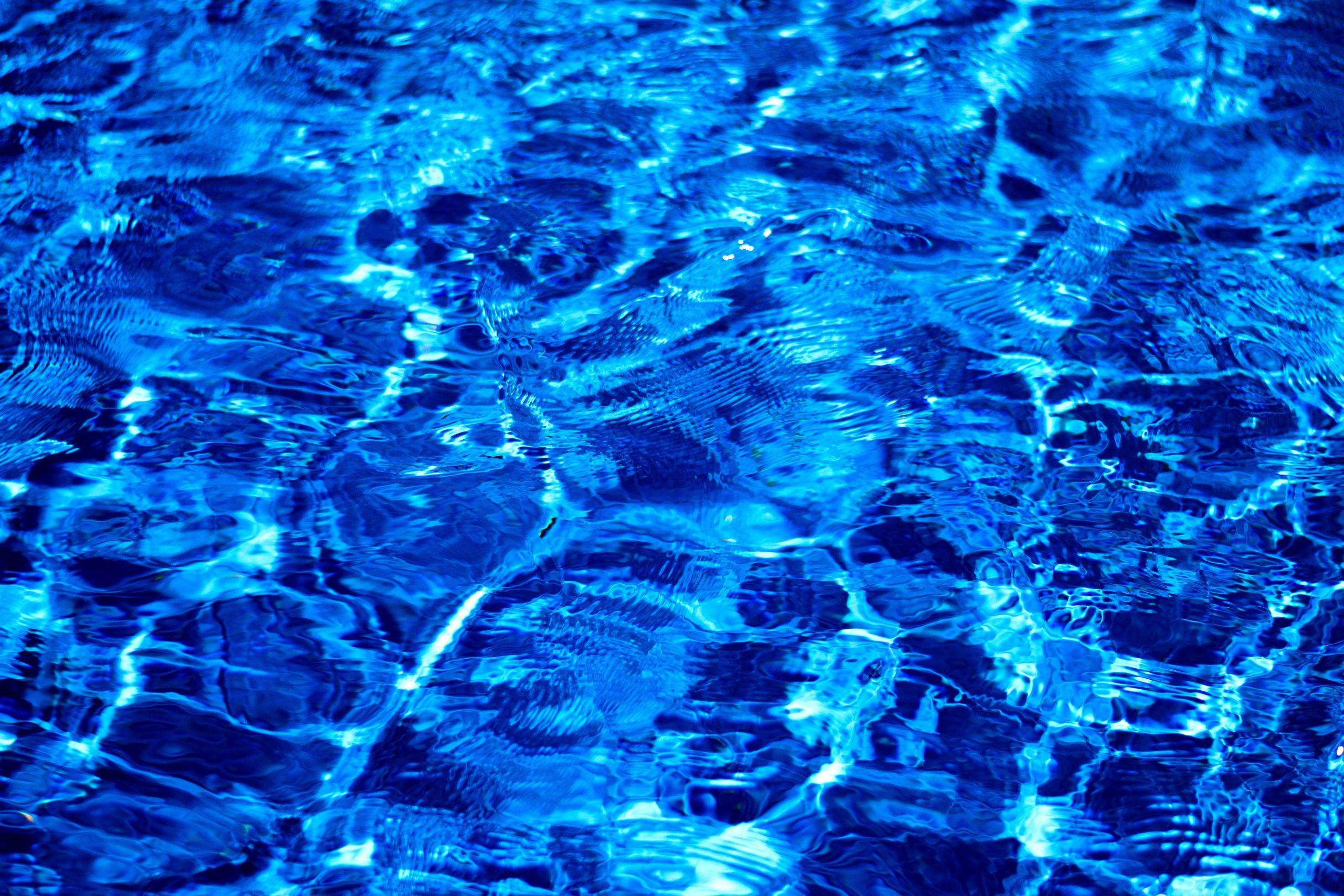- Jul 21, 2013
- 64,776
- Pool Size
- 35000
- Surface
- Plaster
- Chlorine
- Salt Water Generator
- SWG Type
- Pentair Intellichlor IC-60
Good. Follow that.
Use small doses of chemicals and test between doses until you learn how your pool responds.
Recommendation from the National Plaster Council on new plaster pools is a TA of 80 - 100. Where are you getting TA of 60 from?Get this meter and begin to manage the CSI.

PC60 Premium Multiparameter (pH/EC/TDS/Salinity/Temperature) Pocket Tester/Meter Kit-Apera Instruments
The Apera Instruments PC60 Multi-parameter Tester/Meter simply tests pH/EC/TDS/Salinity/Temperature for regular aqueous solutions such as hydroponics, aquaculture, pools& spas, tap/drinking water, water treatment, cooling towers, etc.aperainst.com
Begin to lower the TA, keep the pH at about 8.0 to 8.3 and adjust the CH to balance the CSI.
Note that as the water warms up, the CSI will increase, so anticipate this when adding calcium and do not add too much.
Get the TA down to about 60 ppm.
60 ppm TA will minimize the carbon dioxide loss and the subsequent pH rise that happens due to CO2 loss.Recommendation from the National Plaster Council on new plaster pools is a TA of 80 - 100. Where are you getting TA of 60 from?
If you keep the TA at 80 to 100, plan to go through that process again.Spent last season constantly adding acid and never got the pH under 8. I was adding about a gallon of MA every 4-5 days and just don't want to deal with that again.
The normal CSI guidelines are not applicable to new plaster finishes under 30 days old. It is actually necessary, to achieve a smooth and dense surface, to have about a +0.5 CSI during the first 30 days. This is because the plaster (cement paste) surface contains about 20% calcium hydroxide, which is somewhat soluble in balanced and slightly positive CSI water and can be dissolved away. The plaster surface needs to be "carbonated" before the CSI should be lowered to the acceptable and balanced range. And that generally is achieved during the first month under balanced water.The most important thing is to keep the CSI between -0.3 and 0.0.
People need to be very careful and brush a lot to avoid scaling.It is actually necessary, to achieve a smooth and dense surface, to have about a +0.5 CSI during the first 30 days.
Discuss it with @onBalancePeople need to be very careful and brush a lot to avoid scaling.
If you go with a +0.5 CSI, you need to really watch the levels and keep them in tight control.
If scaling begins, you need to get the CSI down fast to avoid it getting out of control.
They know more than I do, so I will defer to them.Discuss it with @onBalance
People rarely can get a new plaster startup to +0.5. Some positive CSI between 0 and +0.5 is good and a reason not to obsess with TA value.They know more than I do, so I will defer to them.
My main concern is scaling that can get started and get out of control.
I would go with a balanced 0.0, but a higher CSI might work better to make the plaster stronger as long as you can avoid scaling.
Their testing is known to be bad, almost comically bad. I can able to get my CYA and copper levels lowered by just taking the same water sample to another store.Why stay away from Leslie's testing? I don't about you, but the color variations on the pH drop test for me are next to impossible to discern. Isn't it better to have an actual number for the pH instead of guessing at a color?
Ca(OH)2 + CO32- --> CaCO3 + 2OH-This is because the plaster (cement paste) surface contains about 20% calcium hydroxide, which is somewhat soluble in balanced and slightly positive CSI water and can be dissolved away.
Just to clarify for the OP, never mix chemicals together.One other point, do not use liquid chlorine for the first month unless you add acid at the same time. Liquid chlorine has a very high pH and could cause scaling when added if not neutralized by adding acid at the same time and brushing afterwards to remove scale (if present) and to circulate the water.

I put in a home made CO2 system for my pool a few weeks ago. Seems to be working well and I controlled it with a solenoid valve set up I cobbled together with a combination of pool parts and brewing parts. One of the main reasons I did mine was I use a lot of acid and hated the jug-lugging. It's also helpful to me since I am in the final leg of a 3 week trip out of the country and didn't have a way to add all that acid (I use about a gallon every 3 days). Where did you find the cheap source of CO2? Mine is $44 for 20 lb. and seems to be the going rate around here. I still need to lug a 20 lb cylinder to the pool pad about every month but that seems easier that the jug lugging and I think it's a little cheaper than acid price that seems to have gone up almost double since Covid. Here's a link to my thread if you want to check it out.I just purchased the kit yesterday. Waiting for it to be delivered. Found a source that will deliver bottles to home for cheap gas. Will write back when I get it up and running.
Low pH is not expected to precipitate calcium or any other ionic compound.the spa pH was very low - about 7 or a tiny bit lower. It got so low that I precipitated white flakes in the spa that are probably salt or calcium.
You can also add muriatic acid periodically to help manage the TA and let the CO2 manage the pH.As expected my TA is trending up because my pool make up water is from a well that's about 230 ppm TA.

